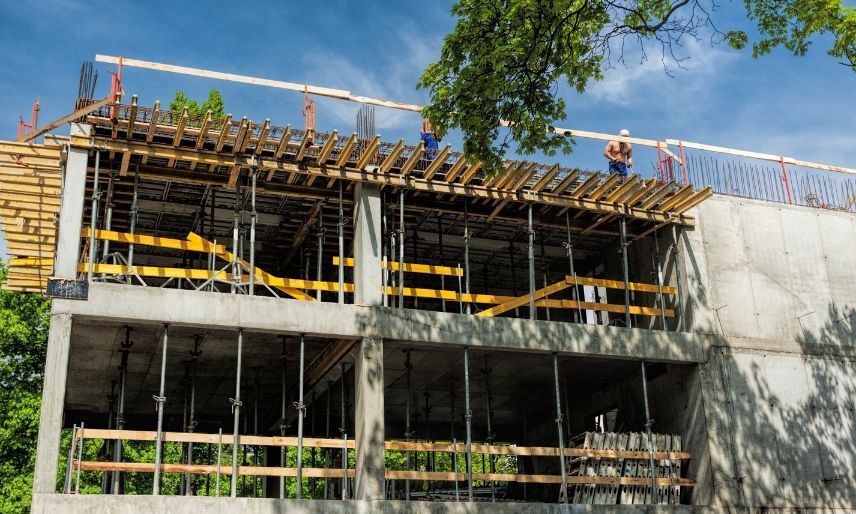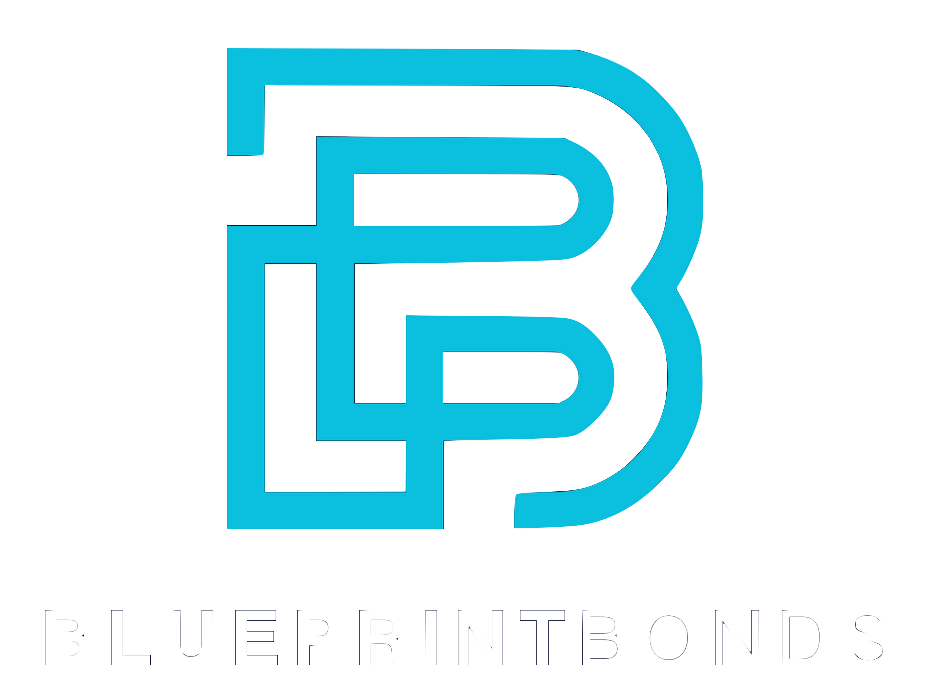Surety bonds are a vital part of many industries, yet they often come with challenges that surprise even seasoned insurance professionals. The surety market is growing steadily, valued globally at $16 billion in 2021 and expected to reach $24.4 billion by 2031, according to industry research. But behind these numbers lies a world of unusual and sometimes downright strange bond requests that keep surety desks on their toes.
These stories reveal the quirks and complexities of surety bonds, highlighting why quoting them can be tricky. Many insurance agents find the process daunting, especially when faced with uncommon or unexpected requests. Here’s a glimpse into some of the weirdest surety bond requests that have crossed the desk and what they tell us about this unique corner of the insurance world.
Unusual Industries Seeking Surety Bonds
Surety bonds are traditionally associated with construction, government contracts, and large infrastructure projects. However, the surety desk often encounters requests from sectors that seem out of place. For example, a recent inquiry came from a startup planning to launch a floating hotel on a river. They needed a performance bond to guarantee the completion of their unconventional hospitality venture.
Another odd request involved a company that wanted a bond to cover the installation of giant inflatable sculptures in public parks. The bond was necessary to assure local authorities that the sculptures would be removed safely and on time. These cases highlight how surety bonds are adapting to new business models and creative ventures.
In addition to these unique examples, the surety bond landscape is also seeing requests from the burgeoning field of renewable energy. A company focused on developing solar farms sought a bond to ensure that their installations would meet regulatory standards and be completed within specified timelines. This reflects a growing recognition that innovative energy solutions require the same level of financial assurance as traditional projects. As the world shifts towards sustainable practices, the need for surety bonds in this sector is likely to expand, presenting new opportunities for agents and underwriters alike.
While the surety market in the U.S. reached $19.62 billion in 2024, fueled by massive federal infrastructure investments, these niche requests remind us that surety bonds are not just for traditional construction projects. They are becoming essential for a wide range of innovative business ideas, which can complicate the quoting process for agents unfamiliar with these industries. The surge in infrastructure spending is driving growth, but the diversity of bond requests is growing even faster. Additionally, the rise of the gig economy has introduced new players into the market, such as event planners who require bonds for large festivals or concerts to ensure compliance with local regulations and safety standards. This evolution signifies a broader acceptance of surety bonds as a vital tool for risk management across various sectors.
Strange Bond Types and Coverage Requests
Beyond unusual industries, surety desks also see requests for bond types that are rare or oddly specific. One memorable case involved a request for a “pet custody bond.” This bond was intended to guarantee that a pet owner would comply with court orders regarding the care and custody of a high-value dog during a contentious divorce. The emotional stakes were high, as the couple had invested significant time and resources into the dog’s training and care, making the bond essential for ensuring that the pet's welfare was prioritized amidst the legal turmoil.
Another peculiar bond request was for a “time capsule bond.” A historical society wanted to ensure that a time capsule buried in a city park would be opened exactly 50 years later. The bond would cover the costs of excavation and preservation if the original group failed to follow through. This request sparked a fascinating discussion about the value of preserving history and the importance of community engagement in such projects. While these bonds are far from standard, they illustrate the surety industry’s flexibility in meeting unique client needs. In fact, the time capsule bond not only served as a financial guarantee but also as a symbol of hope for future generations, reminding them of the past and the shared values of their community.
These specialized bonds often come with higher costs and complex underwriting. Typically, surety bond premiums range from 1% to 10% of the bond amount, depending on risk factors and bond type. Agents must carefully evaluate these risks to avoid losses, especially since the surety industry maintains a strong profit margin of around 35%, well above the broader property and casualty insurance average. Understanding bond costs is crucial when dealing with unconventional requests. Additionally, the underwriting process for these unusual bonds often requires a deep dive into the specific circumstances surrounding the request. For instance, in the case of the pet custody bond, underwriters needed to assess the pet's value, the owner's history of responsible pet care, and the potential impact of the divorce on the pet's well-being. This level of scrutiny not only protects the surety company but also ensures that the unique needs of the clients are met with the utmost diligence and care.
Unexpected Challenges in Bond Underwriting
Quoting surety bonds is often far from straightforward. Agents frequently report that the process can be difficult, especially when the bond request falls outside typical parameters. One challenge is the contractor failure rate, which stands at about 26.24%. This statistic means that more than a quarter of contractors fail to meet their obligations, significantly increasing the risk for surety companies.
In one unusual case, a bond request came from a contractor who specialized in building treehouses. The surety desk had to assess the unique risks involved in elevated structures and the potential for property damage or injury. This required a deep dive into niche construction safety standards and local regulations, which are not commonly encountered in standard commercial bonds. The contractor's innovative designs, while appealing to a specific market, also introduced variables such as wind resistance and load-bearing calculations that necessitated additional scrutiny from underwriters.
Despite rising claim activity driven by inflation and higher construction costs, 81% of surety companies performed better than budget in 2024. The loss ratio for the top 100 surety companies was 24.5%, indicating a relatively healthy underwriting environment. Still, the complexity of unusual bond requests demands expertise and careful risk assessment. Many agents find quoting surety bonds challenging because of these factors. Additionally, the evolving landscape of construction projects, which increasingly includes sustainable and eco-friendly initiatives, has further complicated the underwriting process. Surety companies must now consider the implications of green building certifications and the potential for delays due to compliance with environmental regulations, adding another layer of complexity to their evaluations.
Moreover, the rise of technology in construction, such as the use of drones for site inspections and project management software, has changed how risks are assessed. Surety underwriters are now tasked with understanding these technological advancements and their impact on project timelines and safety. This shift not only requires a grasp of traditional construction practices but also an awareness of how innovation can mitigate or exacerbate risks. As a result, the underwriting process is evolving, demanding that agents and underwriters stay ahead of industry trends to accurately evaluate and quote bonds in a rapidly changing environment.
Weirdest Bond Requests: Real Stories from the Desk
Some of the strangest bond requests come from clients who either misunderstand the purpose of surety bonds or want to use them in unconventional ways. For instance, a client once asked for a bond to guarantee the punctual delivery of a wedding cake. While the idea was creative, it was outside the scope of typical surety bonds, which focus on contractual obligations rather than personal agreements.
Another odd request involved a bond to cover the safe return of a rare bird loaned to a zoo. The bond was meant to protect the lender against loss or injury to the bird during transport and exhibition. This required collaboration with wildlife experts to properly assess the risk and set bond terms.
In another peculiar case, a client sought a bond to ensure that a local artist would complete a mural on the side of a community building by a specific date. This request raised eyebrows, as it blurred the lines between artistic expression and contractual obligation. The surety agent had to navigate the nuances of artistic interpretation, timelines, and the potential for unforeseen delays due to weather or creative block. Ultimately, the bond was structured to include stipulations about the quality and completion of the mural, ensuring that the community's vision was protected while also allowing the artist some creative freedom.
These stories underscore the importance of clear communication between surety agents and clients. Educating clients about what surety bonds can and cannot cover helps manage expectations and ensures that bonds serve their intended purpose effectively. Moreover, these unusual requests highlight the diverse range of scenarios in which surety bonds can be applied, demonstrating the adaptability of the surety industry to meet unique client needs. As clients continue to think outside the box, surety agents must remain vigilant and creative in crafting solutions that both protect interests and adhere to the fundamental principles of bonding.
How Surety Bonds Impact Business and Infrastructure
Surety bonds play a critical role in supporting business ventures and public projects. With $1.7 trillion in federal infrastructure investment driving growth, the surety market is thriving. This investment fuels demand for bonds that guarantee project completion and protect taxpayers from contractor defaults.
For businesses, surety bonds provide credibility and financial assurance. They help companies win contracts by demonstrating reliability and financial strength. However, the contractor failure rate of 26.24% serves as a reminder that bonds are essential safeguards in a risky marketplace. This statistic underscores the importance of due diligence in the selection of contractors, as a failure to properly vet can lead to significant financial losses and project delays.
The surety industry’s profitability, with margins around 35%, reflects its ability to manage these risks effectively. Still, agents must navigate complex underwriting challenges, especially as bond requests become more diverse and specialized. The U.S. surety market’s growth is a testament to the sector’s importance and evolving nature. As new industries emerge and existing sectors adapt to technological advancements, the demand for tailored surety solutions continues to rise. For instance, the construction sector is increasingly integrating sustainable practices, which may require innovative bonding solutions to address the unique risks associated with green building projects.
Moreover, the role of surety bonds extends beyond mere financial guarantees; they foster trust between stakeholders. Investors, government entities, and the public can feel more secure knowing that there is a financial safety net in place. This trust is crucial in large-scale infrastructure projects, where the stakes are high, and the potential for public scrutiny is significant. As municipalities and states embark on ambitious projects, the reliance on surety bonds as a mechanism for accountability and assurance will likely grow, reinforcing their position as a cornerstone of modern business and infrastructure development.
Before You Go: What to Remember About Surety Bonds
Surety bonds are more than just paperwork—they are promises backed by financial strength and trust. Whether you are a contractor, a startup, or an unusual business venture, understanding the nuances of surety bonds can save time and avoid frustration. These bonds serve as a safety net, ensuring that obligations are met and providing peace of mind to all parties involved. For contractors, for instance, a surety bond guarantees that they will complete a project according to the terms of the contract, protecting the project owner from financial loss in case of default.
Agents and clients alike benefit from knowing that surety bonds come with costs typically between 1% and 10% of the bond amount, depending on risk. The underwriting process can be complex, especially for unusual requests, but it is essential to ensure that bonds fulfill their purpose. Factors such as credit history, financial stability, and the nature of the project can all influence the cost and availability of a bond. Understanding these variables can help clients better prepare for the bonding process and enhance their chances of securing favorable terms.
With the surety market expanding and evolving, staying informed about industry trends and challenges is key. The stories from the surety desk remind us that no two bond requests are exactly alike, and sometimes the weirdest requests are the most memorable. For example, some businesses may need bonds for unique situations, such as pet grooming services or specialized events, showcasing the versatility of surety bonds across various industries. As the landscape of business continues to change, so too does the demand for innovative bonding solutions, making it crucial for agents to remain adaptable and knowledgeable about the latest developments in the field.
Additionally, the role of technology in the surety bond industry cannot be overlooked. With the rise of digital platforms, obtaining a surety bond has become more streamlined, allowing clients to complete applications and receive quotes online. This shift not only enhances efficiency but also opens the door for new players in the market, fostering competition and potentially lowering costs for consumers. As businesses increasingly turn to digital solutions, understanding how to navigate these platforms will be essential for both agents and clients alike, ensuring that they can secure the necessary bonds without unnecessary delays.
Frequently Asked Questions
Q: What is a surety bond?
A surety bond is a financial guarantee that a party will fulfill their contractual obligations. If they fail, the surety company covers the loss.
Q: Why are surety bonds sometimes hard to quote?
Surety bonds can be difficult to quote because they require detailed risk assessment and underwriting, especially for unusual or complex projects.
Q: How much do surety bonds typically cost?
Costs usually range from 1% to 10% of the bond amount, depending on the risk and bond type.
Q: Can surety bonds be used for non-construction projects?
Yes. While common in construction, surety bonds are also used in various industries, including hospitality, art, and even pet custody cases.
Q: What happens if a contractor fails on a bonded project?
The surety company steps in to cover financial losses or find a replacement contractor, protecting the project owner.
Q: Are surety bonds profitable for insurance companies?
Yes. The surety industry enjoys profit margins around 35%, outperforming many other insurance sectors.




